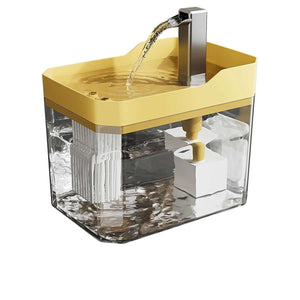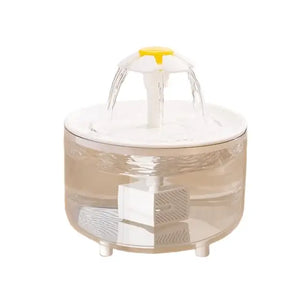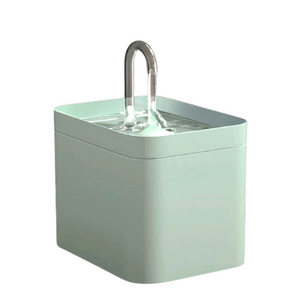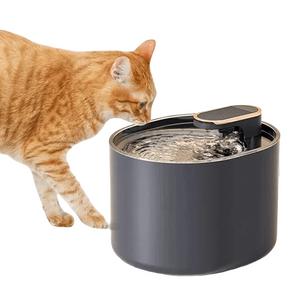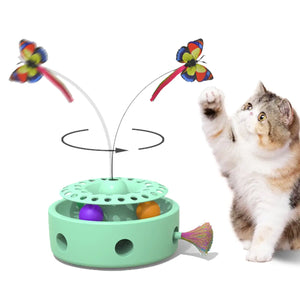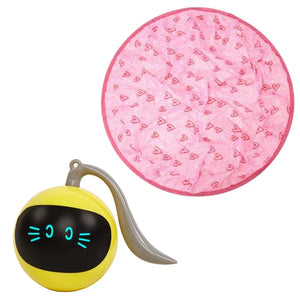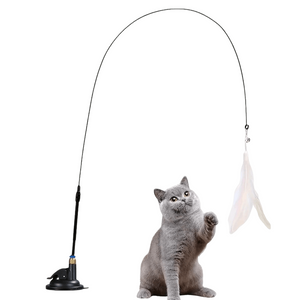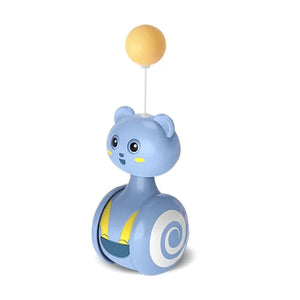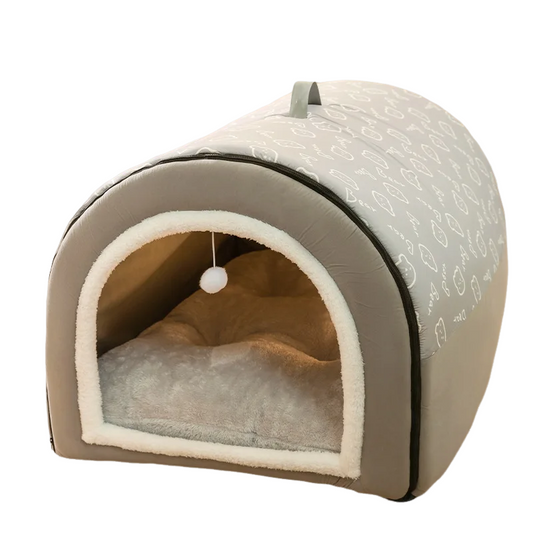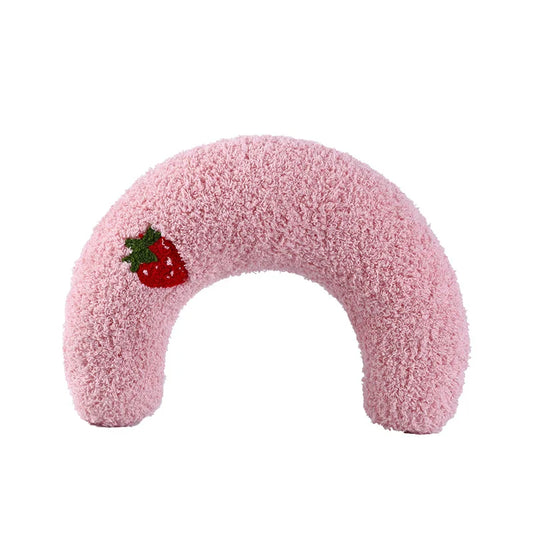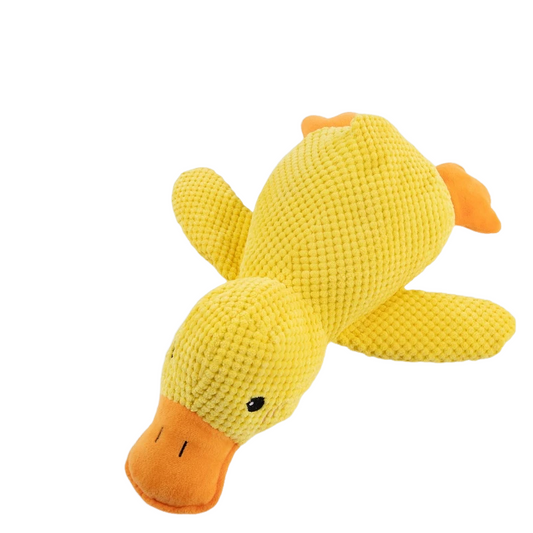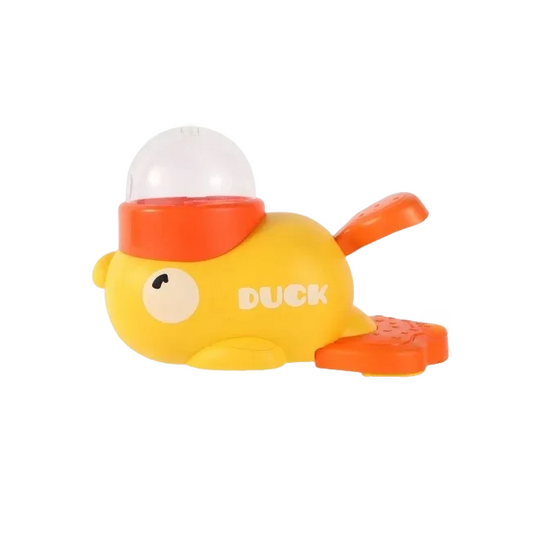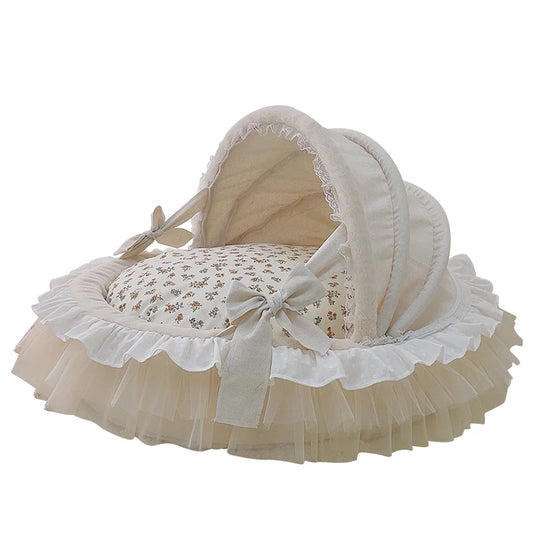Introduction
Spring and autumn are transitional seasons that bring unique challenges and opportunities for your cat’s health. As temperatures fluctuate and environmental conditions change, your cat’s needs shift accordingly. Unlike the extremes of summer and winter, spring and autumn require more subtle adjustments in care. Whether it’s managing seasonal shedding, allergies, or temperature changes, proper attention during these seasons can prevent health problems and ensure your cat’s comfort. This guide covers essential spring and autumn cat care, from grooming and diet to health monitoring and environmental adjustments, providing you with a comprehensive approach to maintaining your cat’s well-being. And spring and fall are the best seasons for cats to go out for walks, not too hot and not too cold, so that both long-haired and short-haired cats can be happy outside!
1. Understanding Seasonal Transitions for Cats
1.1 Cats' Natural Responses to Changing Seasons
During the transitional months of spring and autumn, cats experience shifts in their behavior and physiology. These changes are largely driven by the gradual increase or decrease in daylight hours and fluctuating temperatures.
-
Shedding Cycles: Spring and autumn are known as primary shedding seasons for cats. As daylight increases in spring, cats begin to shed their winter coat to prepare for warmer months. Conversely, in autumn, cats shed their summer coat to make way for a thicker, winter-ready coat.
-
Behavioral Changes: Cats may become more active during spring as the warmer weather encourages playfulness and exploration. In autumn, their activity levels may decrease slightly as the days shorten and temperatures cool.
1.2 Health Risks in Transitional Seasons
While spring and autumn are less extreme than summer and winter, they come with their own set of health risks:
-
Seasonal Allergies: Pollen, mold, and other allergens are more prevalent in spring and autumn, leading to increased respiratory issues or skin irritations in sensitive cats.
-
Temperature Fluctuations: Sudden drops or increases in temperature during these seasons can cause discomfort, and even mild hypothermia or overheating, if not addressed.
-
Parasites: Fleas, ticks, and other parasites become more active in spring and autumn. Without proper prevention, your cat may become vulnerable to infestations.

2. Adjusting the Home Environment for Spring and Autumn
2.1 Creating a Comfortable Indoor Climate
Maintaining a stable indoor environment is essential during the transitional seasons when outdoor temperatures can vary significantly. This prevents your cat from being affected by sudden weather changes.
-
Temperature Control: In both spring and autumn, fluctuating outdoor temperatures can affect indoor conditions. Use climate control to maintain consistent temperatures, particularly if there are significant daily swings in temperature.
-
Proper Ventilation: Spring and autumn often bring increased pollen and other allergens into your home. While good ventilation is essential, using air purifiers or keeping windows closed during peak pollen times can minimize allergens in your home.
2.2 Ensuring Comfort During Seasonal Shedding
-
Prepare for Increased Shedding: Shedding is at its peak during spring and autumn, as cats transition between their winter and summer coats. You can make this process smoother by setting up designated grooming spaces and keeping your cat’s resting areas clean and free from excess fur.
-
Reduce Allergens: Frequent cleaning of bedding, carpets, and furniture will reduce the buildup of fur and dander, helping to prevent allergic reactions in both cats and humans.
3. Grooming and Fur Care for Spring and Autumn
3.1 Managing Seasonal Shedding
Seasonal shedding is perhaps the most noticeable change during spring and autumn. Your cat will shed its old coat to grow a new one suited to the upcoming season. This natural process can be managed with regular grooming:
-
Frequent Brushing: Brushing your cat’s fur daily or several times a week during these peak shedding seasons will help control the amount of fur they shed around the house. It also prevents matting, especially in long-haired cats.
-
Reduce Hairballs: As your cat grooms itself more frequently during shedding periods, it may ingest more loose fur, leading to an increase in hairballs. To prevent this, ensure regular grooming and consider using hairball prevention supplements or specialized cat food designed to aid in digestion.
3.2 Skin Health During Transitional Seasons
-
Spring Allergies: Many cats develop skin irritations during spring due to pollen or other environmental allergens. If your cat shows signs of itching, redness, or excessive grooming, consult a vet for appropriate treatments.
-
Hydrating the Skin: Autumn’s cooler, drier air can cause your cat’s skin to become dry and flaky. You can help maintain your cat’s skin health by using moisturizing sprays or increasing the humidity in your home.
Recommended Products:
- Moisturizing Cat Spray
- Humidifiers for Cat Owners
4. Seasonal Dietary Adjustments
4.1 Adjusting Caloric Intake
During spring, cats may become more active as the weather improves, requiring a slight increase in their caloric intake to maintain their energy levels. On the other hand, in autumn, as cats prepare for the colder months ahead, they may naturally increase their food intake to build up energy reserves for winter.
-
Spring Activity Levels: If your cat becomes more active in the spring, consider offering slightly larger meal portions or providing higher-protein snacks to support its energy needs.
-
Autumn Energy Reserves: In autumn, cats might instinctively eat more to prepare for winter. Adjust their food portions accordingly, but be cautious not to overfeed and cause unnecessary weight gain.
4.2 Ensuring Proper Hydration
-
Spring Hydration: As temperatures rise in spring, it’s crucial to ensure that your cat stays hydrated. Cats naturally don’t drink much water, so offering wet food or using an automatic water fountain can encourage better hydration.
-
Preventing Dehydration in Autumn: Even though autumn temperatures are milder, the risk of dehydration remains, especially if you use heating indoors. Keep water bowls full and fresh to ensure your cat has access to water at all times.
Recommended Products:
- Automatic Water Fountain for Cats
- High-Protein Cat Snacks
5. Health Monitoring and Preventive Care
5.1 Flea and Tick Prevention in Spring and Autumn
Parasites like fleas and ticks thrive in moderate temperatures, making spring and autumn peak seasons for infestations. Proactive preventive care is essential to protect your cat from these parasites, which can carry diseases.
-
Use Preventive Treatments: Regular application of flea and tick prevention treatments is crucial during these seasons. Choose a treatment appropriate for your cat’s size and breed, and consult your vet if you’re unsure which product to use.
-
Regular Inspections: After your cat spends time outdoors, inspect their fur for any signs of fleas or ticks. Early detection can prevent a small problem from turning into a full-blown infestation.
5.2 Managing Seasonal Allergies
-
Identifying Allergies: Cats can develop allergies to pollen, mold, and other environmental triggers common in spring and autumn. Watch for signs such as sneezing, watery eyes, coughing, and skin irritations.
-
Minimizing Exposure: Keep windows closed during high-pollen days and regularly clean your home to reduce allergen buildup. If your cat shows severe allergy symptoms, consult a vet for appropriate antihistamines or other treatments.
5.3 Seasonal Joint Care
Some cats, particularly older ones, may experience joint stiffness during the cooler months of autumn. Providing them with joint supplements or creating comfortable, warm resting areas can help alleviate discomfort.
Recommended Products:
- Flea and Tick Preventive Treatment
- Joint Supplements for Cats
6. Behavioral Changes and Mental Stimulation
6.1 Spring Excitement
As the days grow longer and temperatures warm up in spring, cats often become more curious and active. This is an excellent time to increase mental and physical stimulation:
-
Interactive Play: Introduce new toys, games, or interactive play sessions to engage your cat’s natural hunting instincts. Spring is a great time to introduce puzzles or feeder toys that challenge your cat and keep them mentally engaged.
-
Safe Exploration: If your cat enjoys outdoor activities, spring is the perfect time to take them out on a leash or allow them to explore a secure outdoor space, like a catio.
6.2 Autumn Slowdown
In contrast, cats often slow down during autumn as the days shorten. It’s essential to keep them active to prevent weight gain and boredom:
-
Indoor Play: Keep your cat entertained with indoor play sessions. Toys that mimic prey, such as feather wands or laser pointers, can help keep them active even as they become more sedentary.
-
Cozy Resting Areas: As the weather cools, cats will seek out warm, comfortable spots to nap. Create cozy resting areas with soft blankets or heated beds to keep your cat comfortable and content.
Recommended Products:
7. Transitioning from Spring to Summer and Autumn to Winter
7.1 Preparing for Summer
As spring transitions into summer, keep an eye on rising temperatures and prepare for the hot months ahead. Gradually adjust your cat’s environment by ensuring they have access to cool, shaded areas and fresh water.
7.2 Preparing for Winter
When autumn gives way to winter, start adjusting your cat’s environment to keep them warm. Provide them with thicker bedding, reduce exposure to outdoor cold, and adjust their food intake to ensure they’re ready for the colder months.
Conclusion
Spring and autumn are dynamic seasons that bring changes in your cat’s behavior, grooming needs, and overall health. By paying attention to their shedding patterns, managing allergies, and making dietary adjustments, you can ensure your cat stays comfortable and healthy. Be proactive with parasite prevention and environmental controls to protect them from seasonal risks. With proper care, your cat will smoothly transition through these seasons, staying active, healthy, and happy.
By understanding how spring and autumn affect your cat’s health and behavior, you can provide the necessary support for their physical and emotional well-being. Ensuring that their environment is comfortable, maintaining a balanced diet, and keeping their coat and skin healthy through regular grooming are all key factors in helping your cat navigate these transitional seasons with ease. With proper attention and care, your cat will be well-prepared for both the warmer and cooler months ahead.

References
- Smith, J. (2020). "Seasonal Changes and Feline Health: Preparing for Spring and Autumn." Journal of Animal Behavior, 15(4), 210-225.
- Davis, L. (2021). "Managing Feline Allergies During Pollen Seasons." Feline Health Journal, 18(2), 90-105.
- Walker, M. (2019). "Shedding Cycles in Domestic Cats: How to Handle Spring and Fall Shedding." Animal Grooming Science, 10(3), 177-192.
- Johnson, A. (2020). "Flea and Tick Prevention in Cats: A Seasonal Guide." Pet Care Review, 9(1), 120-135.
Related articles:
- https://the-pet-paradise.com/blogs/news-cats-blogs/summer-care-for-cats
- https://the-pet-paradise.com/blogs/news-cats-blogs/winter-care-for-cats





